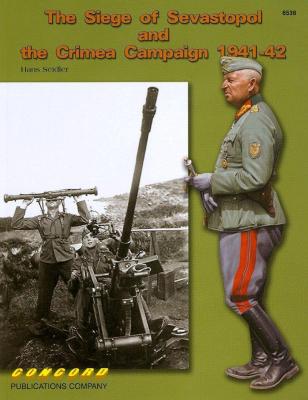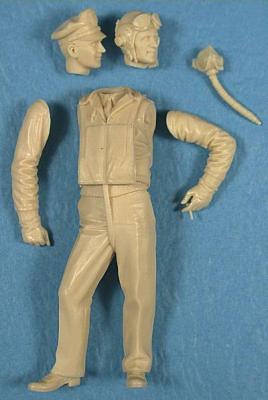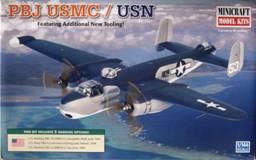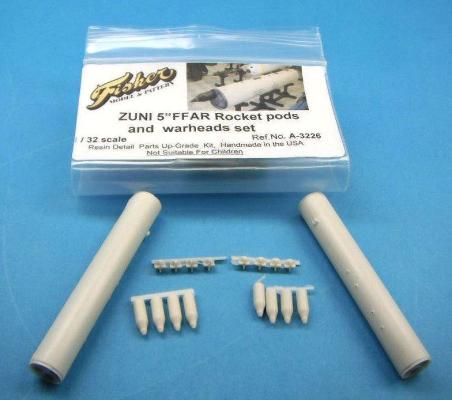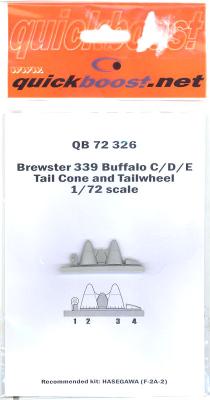Concord Publishing has continued its series of illustrated campaign histories. This volume focuses on the siege of Sevastopol from 1941-42. Dimitry Zgonnik has four full color illustrations that highlight the uniforms of German soldiers during this campaign.
Beginning in the fall of 1941, the 11th Army, under the command of Erich von Manstein, was given the objective of capturing the Crimean Peninsula, which, by default, meant neutralizing the Soviet fortress of Sevastopol. After several attempts in the fall of 1941, the Germans failed to capture Sevastopol. In the spring of 1942, Manstein was able to eject the Soviets from the Crimea and besiege Sevastopol. Many buffs remember the Crimean campaign because of the Germans use of the Super gun Gustav which was used to reduce the Soviet fortifications. After a bloody siege, the city fell. The book does not include a map of the campaign, so you will have to look elsewhere to follow along.











